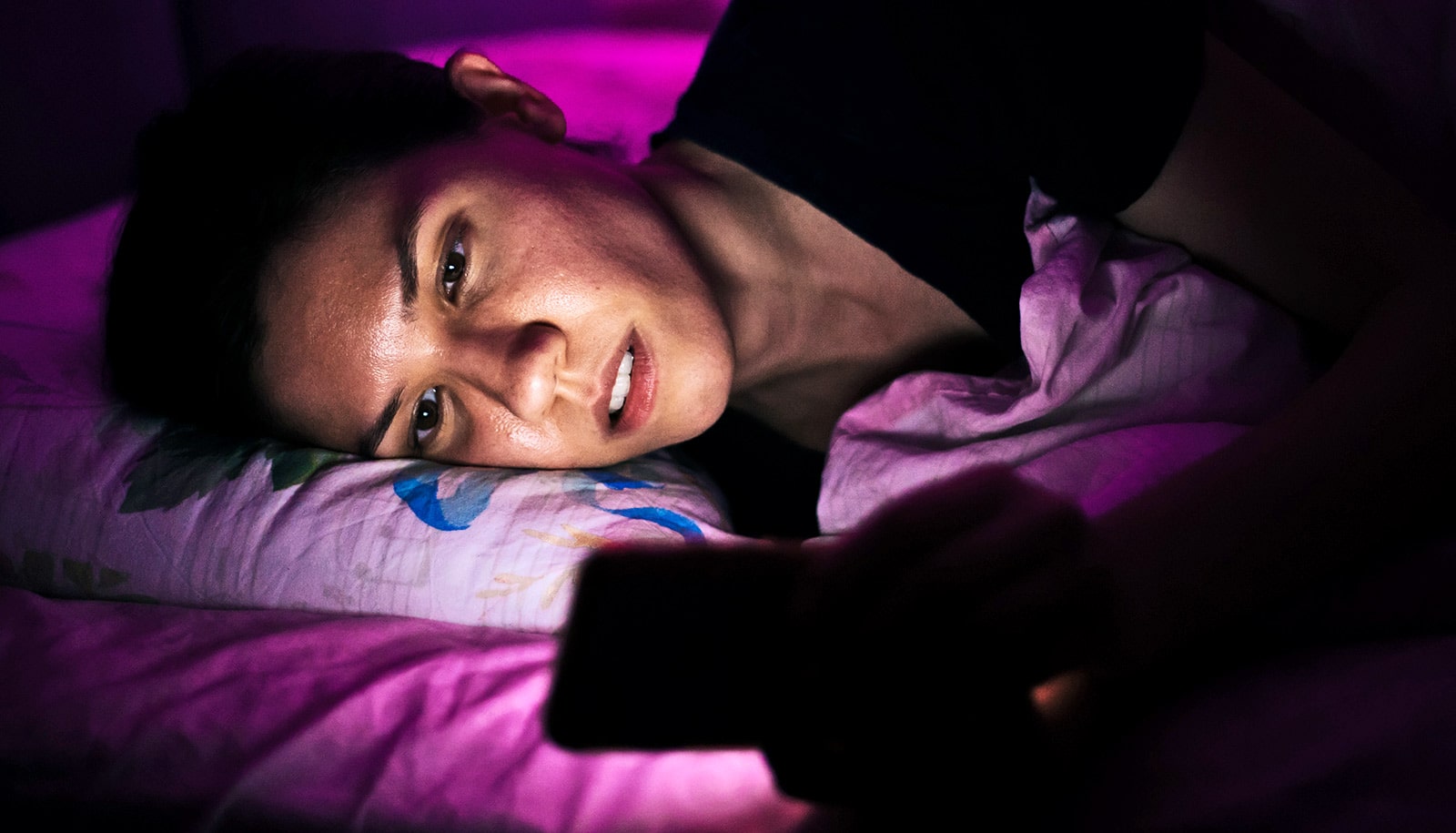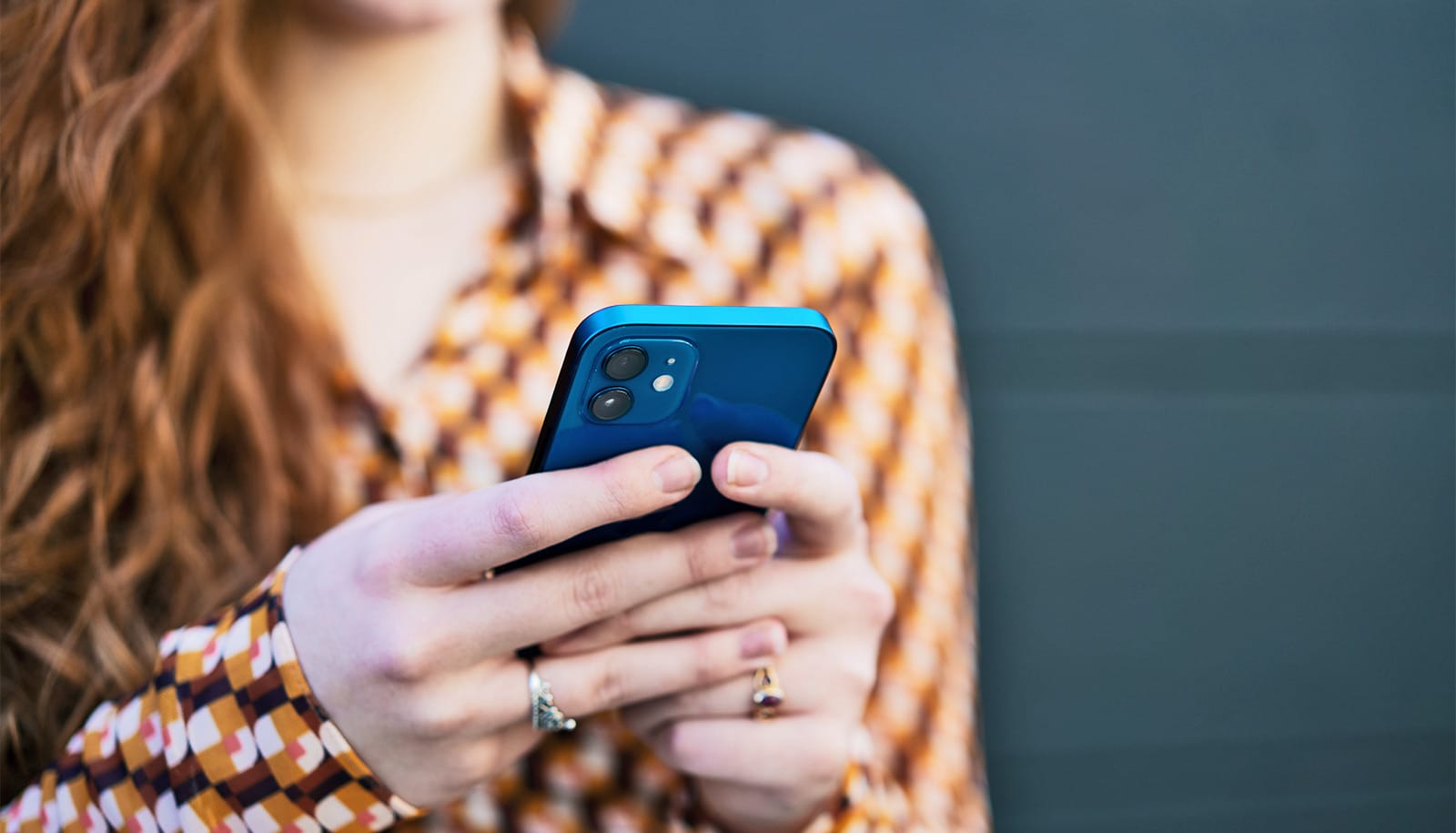Researchers say they’re worried that consuming a deluge of harrowing news could leave many people with “vicarious trauma.”
In a year of violence and suffering, here and around the world, harrowing reports and images have flooded news channels and social media feeds, affecting even those who haven’t personally witnessed the horrors.
That has two Boston University researchers bracing for a surge in “vicarious trauma”: distress from secondhand exposure to gruesome events through news, our screens, or from counseling traumatized people.
Steven Sandage directs research at BU’s Albert & Jessie Danielsen Institute and is a professor of psychology of religion and theology at the School of Theology. Laura Captari is a researcher and staff psychologist at the Danielsen Institute. They have studied vicarious trauma in religious leaders and therapists and developed CHRYSALIS, a free online program for caregivers to fortify their own resilience as they counsel traumatized congregants and patients. More than 400 people have gone through the program. The Danielsen Institute treats people with mental health problems and trains clinical psychologists and social workers.
Here, Captari and Sandage explain their research and what we can do to protect against these potentially traumatizing times:
Can you summarize your research into vicarious trauma?
Captari: Our interest has been helping folks—mental health professionals—on the front lines of caring for those who are in the midst of a lot of suffering. Also, we have a significant body of work looking at spiritual leaders, clergy, and chaplains in communities less acculturated to mental health care. In a study before the pandemic, religious leaders across the US were reporting not just vicarious trauma, but secondary traumatic stress, at rates higher than military [personnel] postdeployment. But it’s not a one-to-one relationship of exposure and traumatization. In a study of therapists during the pandemic, those with greater self-compassion and “differentiation of self”—not getting fused with suffering when we bear witness to it—were at less risk of becoming traumatized. So it seems that capacities and contexts that can help us not get fused with suffering matter a lot.
Are you worried that we’re going to see more people with vicarious trauma, either from online exposure or in therapists and clergy who are traumatized as they’re trying to care for people?
Captari: Yes, it’s very concerning. It’s not possible to bear witness to suffering, to tragedy, without it kicking up big existential questions, whether we hear about it in the news or we’re watching it on our screens. “Am I safe? Who can I trust?” What’s particularly challenging in today’s world is that we’re an increasingly polarized and fragmented society, and people engage with social media in all different ways. For some people, it can really strengthen their connections, but for other people, it can be pretty isolating. Something is much more likely to be traumatic when we don’t have relational, embodied spaces where we can talk about it and try to make meaning of this in relationship with others.
Sandage: A trauma response is a survival mechanism to turn on hypervigilance and alertness. For any of us that feel under threat and with serious trauma effects, it’s gotten stuck in place as a hypervigilant alarm response. We can expect that it’s going to be harder to reset that in environments where there’s lots of polarization. There is an overabundance of images of conflict, violence, and tragedy we’re seeing these days, and a lack of adequate community connections to help people feel safe again.
Have you studied what the rise of social media has done to promote vicarious trauma?
Captari: I’ve done work on how people are impacted after a crisis or disaster. It’s not just about what any of us are exposed to, it’s also about our relationship to what we take in, our ability to make sense of it. Does it consume our minds in an obsessive way? People’s social proximity is going to impact their experience of seeing violence through social media. So if they are part of that community [victimized by the violence] or hold an identity overlapping with the people impacted, that’s going to activate their nervous system. So if I identify as queer, and there’s a mass shooting at a queer club, that’s going to hit me differently than the student next to me in class who doesn’t have a queer identity.
Sandage: It’s going to register as a deep vulnerability and threat. Our research would tell us that not everybody’s going to react the same way; a number of factors are going to shape how this impacts a particular person. Social media or the broader media exposes us to a flood of images, and it might be easy for some people to underestimate the impact of watching video images.
Is it asking too much of young people—reared on tech and social media as part of their generational identity—to just watch less online content?
Captari: It is not just about watching less, but rather being mindful. It’s more about developing wisdom and self-awareness: What am I hoping for when I pull up social media? What needs am I trying to meet? Is it to connect, to zone out, to amuse myself, to stay up-to-date with what’s happening in the world? How are my mind and body reacting to what I’m seeing?
Social media can be a venue for staying in touch, deepening connection, but if most of our lives are lived there, it impoverishes and diminishes us. We also need connection with people in real space and time, connection with nature, movement, for caring for our nervous system. We as humans can have morbid curiosity and get stuck in a state of “freeze” when something terrible happens, just watching it on repeat, trying to wrap our heads around it. If or when that happens, the invitation is to pause and consider, how is this impacting me?
Sandage: Young adults have some of the highest rates of mental health vulnerability, and some of the lowest rates of utilization of mental health services. This happens in the midst of an awful lot of stress on young people. Sometimes young people, I think, feel, “I need to face what’s going on in the world,” which is a courageous commitment to not avoid what’s happening. But if it’s happening in a context of isolation, with few relationships or resources in which to metabolize all that, it’s not a good recipe.
Source: Boston University



